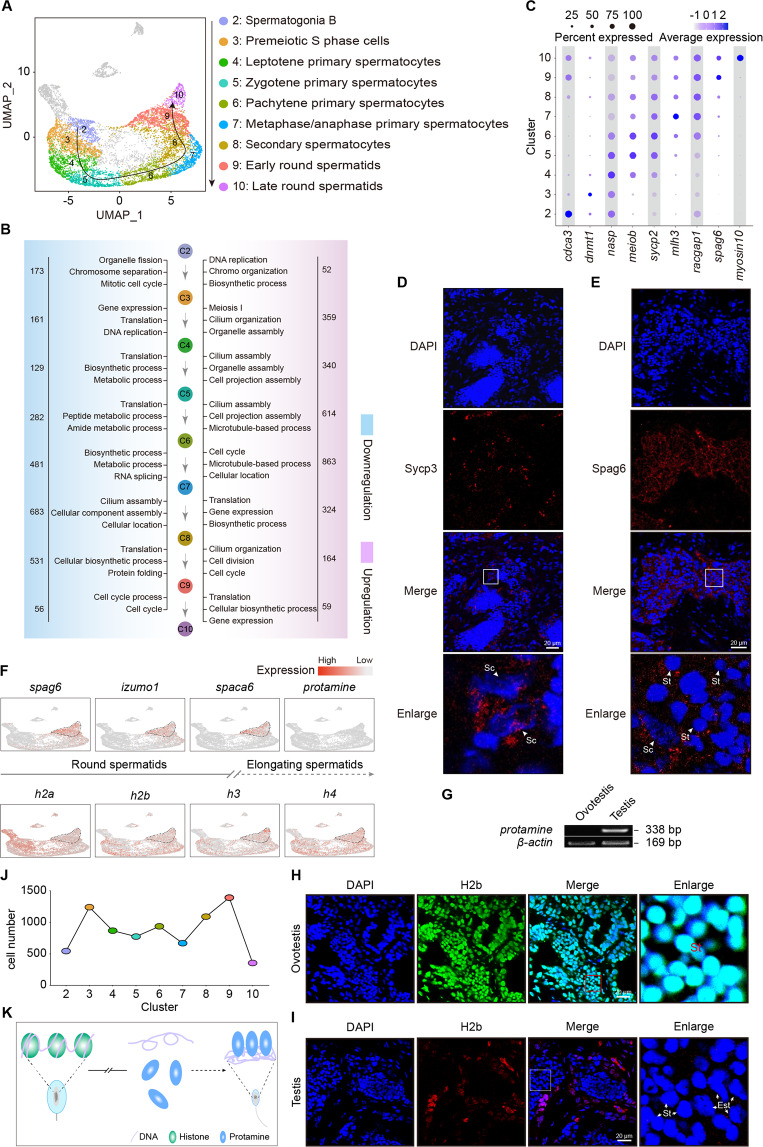Fig. 5. Spermatogenesis arrests at round spermatid phase owing to lack of transition from histones to protamine.
A Developmental trajectory from spermatogonia B to round spermatids. B Representative gene ontology (GO) terms of upregulated and downregulated genes among clusters during spermatogenesis. Downregulated GO terms are in blue, upregulated GO terms are in pink. The number of upregulated and downregulated genes is indicated. C Dotplot showing the expression of representative genes in each cluster. D Immunofluorescence analysis of ovotestis using Sycp3 antibody (second antibody, TRITC-conjugated immunopure goat anti-rabbit IgG(H + L)). The nuclei were stained with DAPI. Sc spermatocytes. Scale bar: 20 µm. E Immunofluorescence analysis of ovotestis using Spag6 antibody (second antibody, TRITC-conjugated immunopure goat anti-rabbit IgG(H + L)). The nuclei were stained with DAPI. Sc spermatocytes, St round spermatids. Scale bar: 20 µm. F UMAP maps showing expression patterns of marker genes during spermatogenesis. Protamine was scarcely expressed, while histones were obviously expressed in round spermatids. G RT-PCR analysis of protamine expression pattern in ovotestis and testis. RT-PCR was performed using cDNAs as template. β-actin was used as an internal control. H Immunofluorescence analysis of ovotestis using H2b antibody (second antibody, FITC-conjugated immunopure goat anti-rabbit IgG(H + L)). The nuclei were stained with DAPI. St, round spermatids. Scale bar: 20 µm. I Immunofluorescence analysis of testis using H2b antibody (second antibody, TRITC-conjugated immunopure goat anti-rabbit IgG(H + L)). The nuclei were stained with DAPI. Round spermatids (St) and elongate spermatids (Est) are indicated by arrows. Scale bar: 20 µm. J Statistical analysis of cell number showing differentiation arrest from early round spermatids (cluster 9) to late round spermatids (cluster 10). K Schematic model of differentiation arrest from early round spermatids to late round spermatids owing to lack of transition from histone to protamine.

